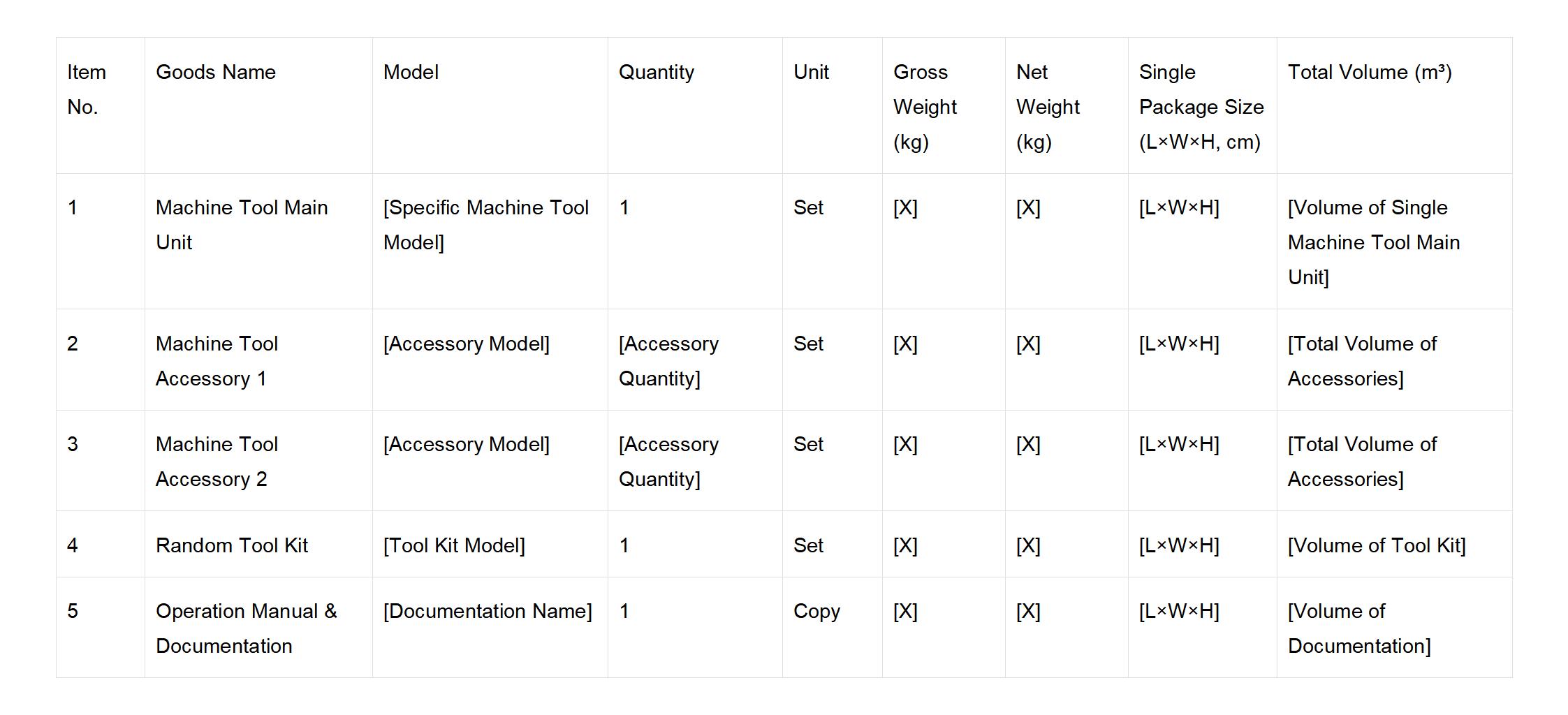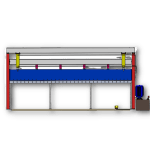Processing Materials:
Type:Tell the manufacturer if the material is metal (e.g., carbon steel, stainless steel, aluminum alloy) or non-metal (e.g., plastic, wood). Material properties affect cutter and power selection.
Dimensions:Provide thickness, length, width of sheets or diameter, length of bars. This decides if the worktable size and processing stroke fit. For a 50mm-thick, 1000mm-wide, 3000mm-long steel plate, the machine must handle it.
Accuracy:
Dimensional:Detail the part's dimensional tolerance. For a shaft with ±0.01mm diameter tolerance, the machine needs the right accuracy.
Form:Inform form accuracy like roundness, straightness, flatness. A 0.05mm - flat disc requires proper machine motion and tech.
Production:
Batch:State if it's single-piece, small-batch (dozens per time) or large-batch (hundreds+per time). It impacts the automation and efficiency of the recommended machine. Large-batch needs high-automation, fast-processing tools.
Cycle:Set the expected time per workpiece. If one part in 5 minutes, the machine's cutting speed, tool-change time must meet the mark.
Special Needs:
Automation:If you want auto-load/unload or auto-tool-change, let the manufacturer know for proper configuration.
Environment:Share workplace space, temperature, humidity. Some machines have specific needs, and space affects installation. Limited space may need a compact model.






















 Affordable Pricing:Cutting out middlemen, it directly benefits customers, reducing procurement costs by 10%-20% compared to middleman-sourced purchases.
Affordable Pricing:Cutting out middlemen, it directly benefits customers, reducing procurement costs by 10%-20% compared to middleman-sourced purchases. Overpriced:Marked up by middlemen, increasing procurement costs.
Overpriced:Marked up by middlemen, increasing procurement costs.




